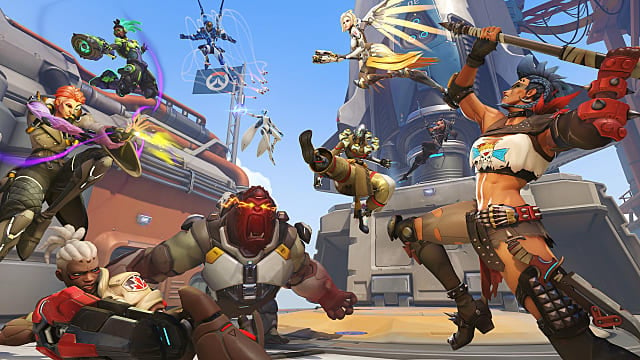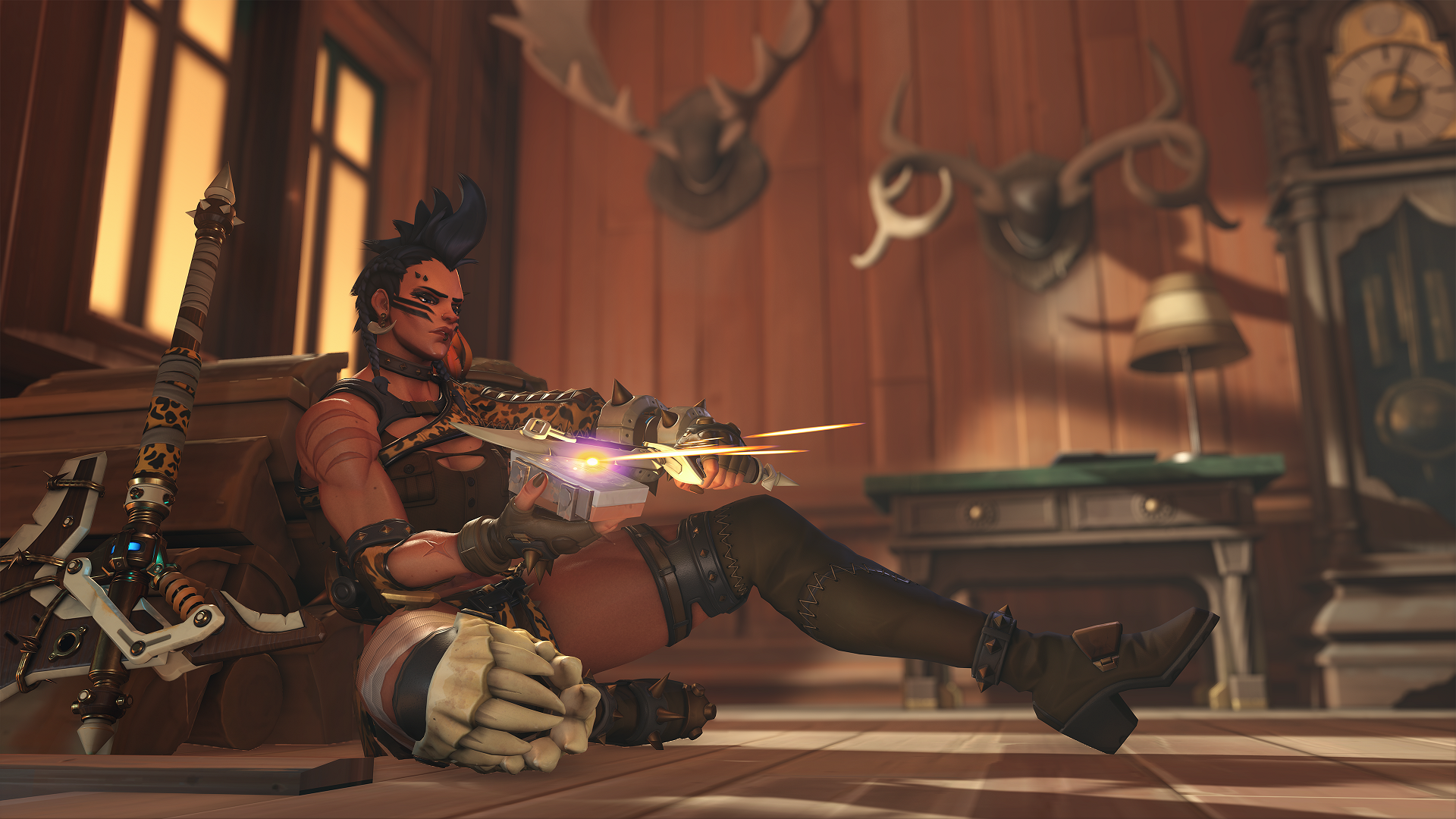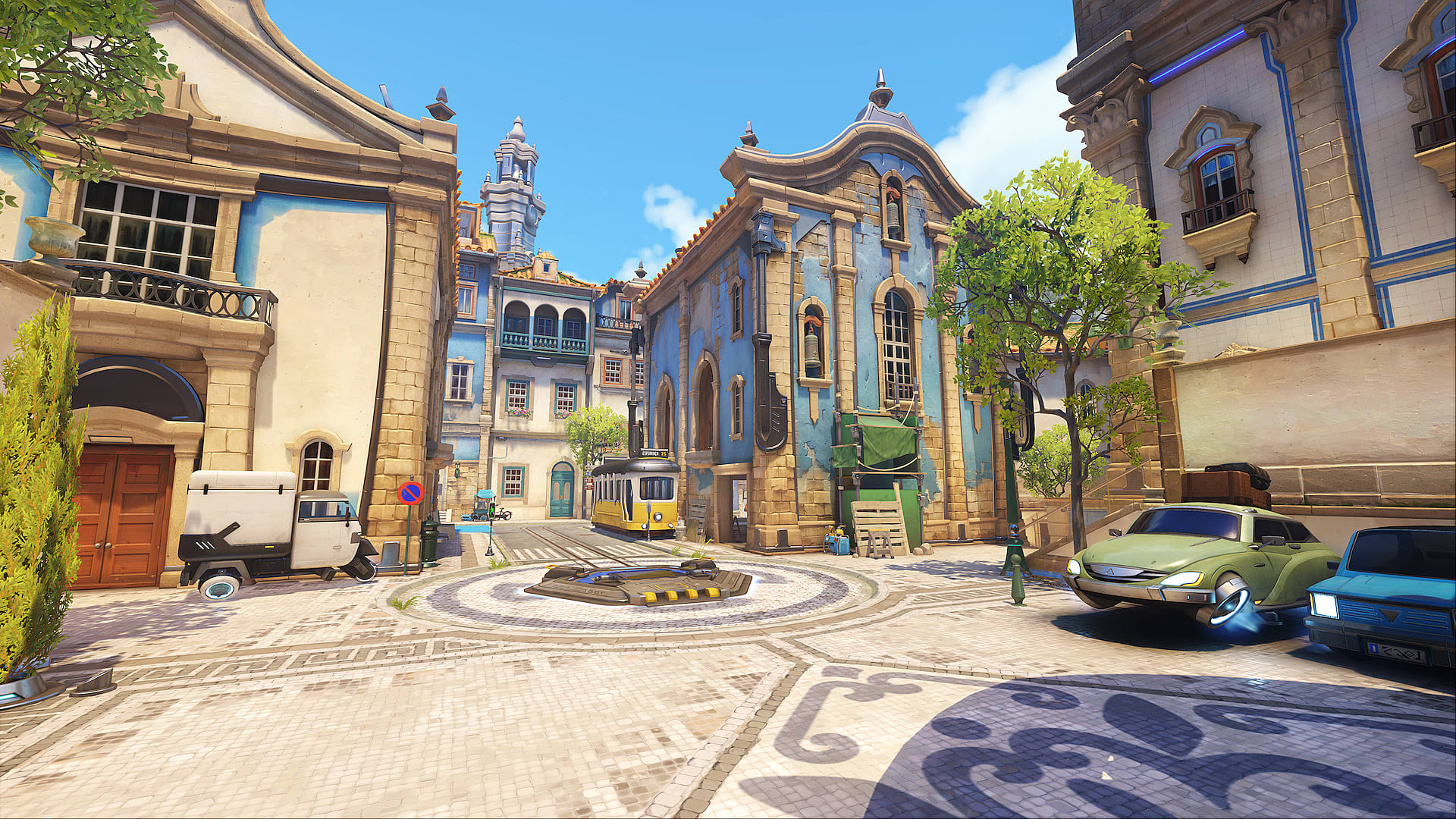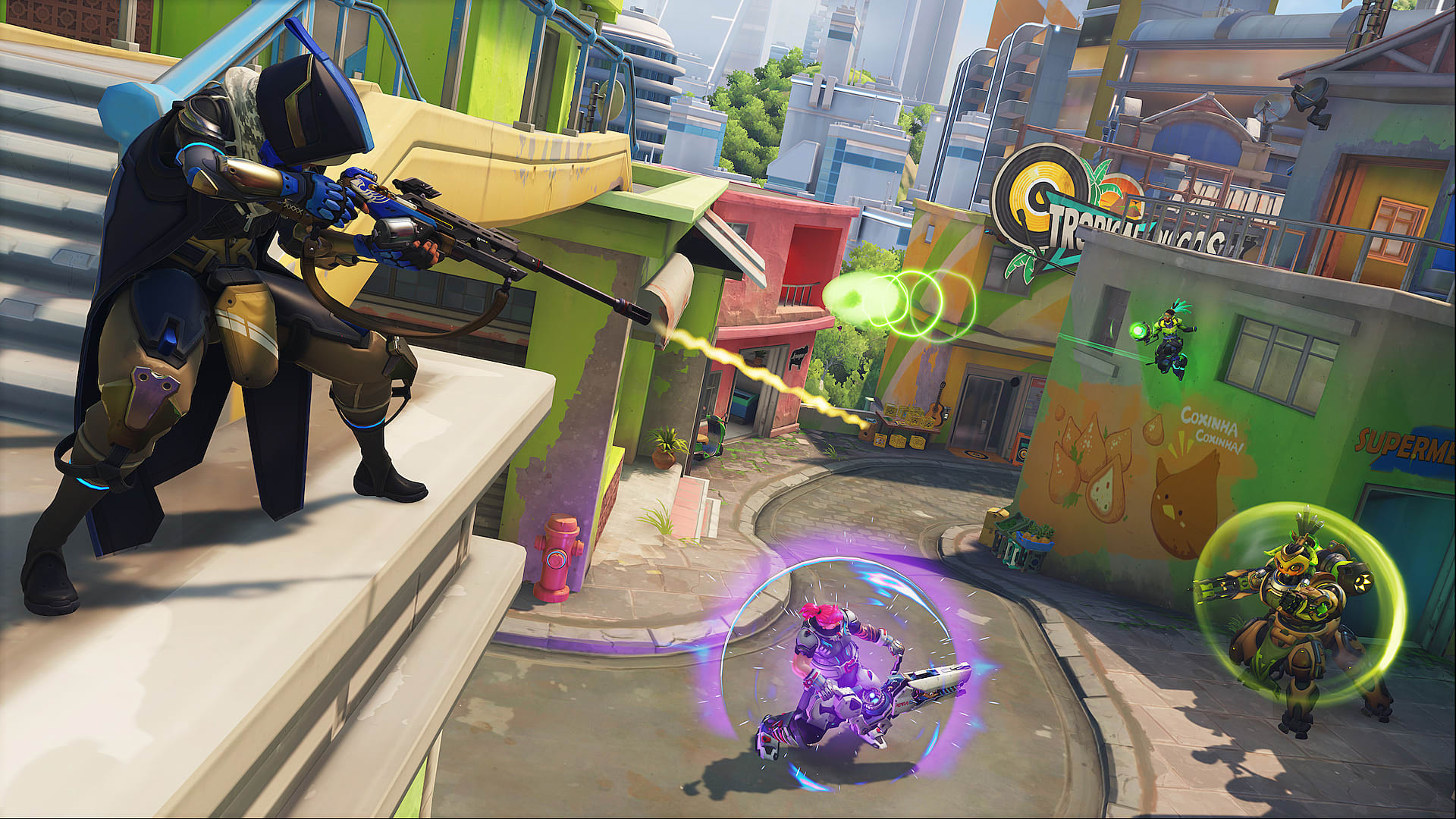Trying to review Overwatch 2 feels like cheating at the ol’ reviewing game. You can count the number of significant changes between the sequel and its predecessor on two hands, and while the updates here are large enough, the core is the same as it was in 2016.
The joke that this is Overwatch 1.5 or some other fractional number is truer than we’d hoped, but that’s not always bad.
At the center of Overwatch 2‘s design philosophy is its vast roster of unique characters, all of whom play differently and fill different roles, even within their specific niche.
No two DPS heroes play the same, with the likes of Soldier 76 requiring a completely different playstyle than Sombra or Genji, or any of the other dozen or so heroes in the class. That doesn’t account for the differences between a DPS and a Tank, a Tank and a Support, and so on.
In short, there is something for every kind of player in Overwatch 2 — within a few limitations. Better still, you can be a credit to your team using almost any hero in the roster, though some are leagues better than others.
Blizzard’s changes during the first Overwatch‘s tenure are still here. Some other heroes have received additional tuning to make them either more viable, more active, or simply to upend how they play at a base level. It’s mind-boggling that Blizzard was able to keep everything balanced as well as it has, especially with the addition of the three new heroes in Sojourn, Junker Queen, and Kiriko.
It’s more impressive that these three characters are so different from the others in their class and yet are viable — even essential — at most levels of play. Sojourn, in particular, is a monster at the higher skill tiers. Kiriko and Junker Queen don’t get as much play in the Master and Grandmaster-level lobbies, but both can be terrifying in the right hands.
The returning heroes that didn’t receive significant updates are as effective as you remember them. If you’re new to the series with Overwatch 2, you’ll quickly learn the likes of Genji, Ana, Winston, Zenyatta, and D.Va remain at the top of their game. Veteran players returning after a hiatus will find these characters play much as they remember them, and newcomers will quickly learn to fear players who can use them well.
Those heroes who saw reworks — Bastion, Doomfist, Torbjorn, and Orisa, among others — are a mixed bag. Bastion and Torbjorn, for instance, are currently disabled due to bugs, but the changes made to their mechanics have made them more mobile and overall more effective in battle.
Orisa is a menace in the right hands, capable of out-damaging even the best DPS characters while still mitigating thousands of points of incoming damage. Doomfist has been sent to the trash by the community’s estimation, where many believe he should stay.
Considering there are 35 heroes available to play, the majority of them are viable in almost any situation, which is a testament to the skill and care Blizzard gave and gives to the game. While there aren’t many new additions, the ones on offer are all great fun to play and fill a somehow unfilled niche within their respective classes.
Like the hero roster, most of the maps in Overwatch 2 return from the first game. In fact, the old maps have received no updates to speak of save the time of day when the fighting takes place. That’s probably fine, as the maps in the original Overwatch were excellent, so there’s no real reason to change them.
The new maps are split between two modes: Payload, a classic attack and defense mode, and Push, where two teams fight over control over a robot that pushes a barrier to either team’s base.
The Payload maps — Paraiso, Midtown, and Circuit Royal — are good, but they lack some nuances of the original game’s offerings. Where levels like Watchpoint: Gibraltar and Eichenwalde offer plenty of gameplay variety, the options introduced in Overwatch 2 are more straightforward, with fewer ways to get around and engage with the game’s mechanics.
Push as a game mode is a fun idea, but in practice, it comes off as sluggish and far less fun than either zone control or Payload. There are two factors causing this: the movement of the objective away from spawn and the concentration of fights around the robot.
In Push, you have two spawns: your default and a forward position once you push the robot past a certain point. You’ll lose access to the forward spawn if the enemy pushes back beyond that same point, forcing your team on the back foot. As a result of this back and forth, you’ll spend half of your time getting back to the fight than actually fighting.
Fights around the robot are somehow even more hectic than in Payload or zone control, with not only a smaller space around the objective but also a tighter environment in general.
There aren’t nearly as many open areas with longer sightlines or hiding places, making certain heroes less effective than they would be in other modes. Some parts of the map are even optional, in the sense that they aren’t on the robot’s path, offering flanking routes and places to catch your breath, but that you’ll be less likely to use given how out-of-the-way they can be.
All that said, the good maps are good enough that playing on the bad ones sometimes doesn’t bother as much. The only real issue is how heavily Push maps are weighted compared to the others, meaning you’ll play them more often than you’d like.
Overwatch 2 Review — The Bottom Line
Pros
- Well-designed shooter mechanics.
- Tons of gameplay variety across the many heroes.
- Great level design.
Cons
- Horrid monetization systems.
- Not enough new content.
- Buggy and unfinished.
Overwatch 2, on launch, is a PvP-only free-to-play live service game. There is a PvE mode on the way come Halloween 2022, but anything else is up in the air. Being free, it needs some way to make its money back and seems to have taken the worst possible route. The battle pass and real money shop prices for new and old skins are just this side of exorbitant, and leveling the pass is a slog unless you play every day for at least a few hours.
Things are so predatory and hard — or impossible — to earn in-game that players have asked for the loot box system to return. Given that the original Overwatch went a long way toward popularizing loot boxes on the broader market, having the community ask for their return is a testament to how bad things are.
Sadly, there’s not much more to say about Overwatch 2. It’s a fun shooter with great gameplay variety, solid map design, and well-designed mechanics, but the same could be said for the original game, which no longer exists. The new iteration is less than a sequel and more a payment model transition that comes with a few new characters and maps. Was all the hullabaloo surrounding this “sequel” necessary? No, and the fact it was marketed as such is frustrating, at the least.
Is Overwatch 2 a good game, though? Yes, and one you should play if you enjoyed the first outing. However, we don’t recommend spending a cent on it, especially if you played the original. If you’re new, we still don’t recommend spending anything if you can help it. There’s nothing here worth the cost.
[Note: The free-to-play version of Overwatch 2 was used to write this review.]










Published: Oct 16, 2022 03:34 pm